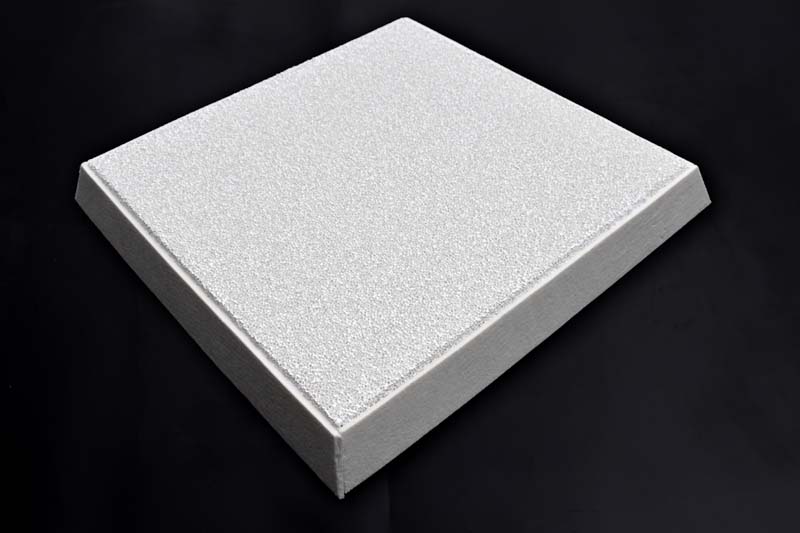
28 6月 Greece China Foundry Filter
Greece China Foundry Filter can effectively remove large inclusions in molten aluminum, adsorb micron-level fine inclusion particles, improve surface quality, improve product performance, improve organization structure, and increase yield. It is widely used in the production fields of aluminum profile, aluminum foil, aluminum alloy and so on.
Product number
This standard refers to the model of the product, represented by the currently commonly used name P. The number in front of the English letter P represents the pore density of the product, corresponding to the pore uniformity. For example, model 10P, which is a ceramic foam filter product, has a pore uniformity of 7 to 13 pores at any length of 25.4 mm.
Size and shape deviation
For the size and shape deviation of ceramic foam filter plates, we mainly consider the influence of using ceramic foam filter plates. The allowable deviation of the diagonal length allows the allowable deviation of the thickness of the plane gap.

Porosity of alumina molten metal filter
Porosity is the percentage of the total volume of the cavity in the filter plate product to the total volume of the filter plate product.
The porosity determines the filtration capacity of the foam ceramic filter plate per unit volume.
The greater the porosity, the greater the filtration flow rate of the filter plate, and the stronger the filtration capacity.
Advantages of high-quality Greece China Foundry Filter
1. Using the principle of adsorption, it can effectively remove large-volume inclusions in molten aluminum, and can effectively adsorb small-sized inclusions;
2. No slag drop, effectively reducing the pollution of molten aluminum;
3. Good thermal shock resistance, improved corrosion resistance to molten metal;
4. Automatic production line, three calibration procedures, accurate size, more in line with the filter box;
5. Improve surface quality, improve product performance, and improve microstructure.
Greece is located at the southern tip of the Balkan Peninsula in southeastern Europe. It borders Bulgaria, Macedonia and Albania in the north, the European part of Turkey in the northeast, the Ionian Sea in the southwest, the Aegean Sea in the east, and the African continent across the Mediterranean Sea in the south.
As of 2014, Greece’s main mineral resources include bauxite (reserves of about 1 billion tons), lignite (reserves of 5.6 billion tons), barite (barium sulfate), nickel, chromium, magnesium, asbestos, copper, uranium, Gold, oil, marble, etc. The national forest coverage rate is 17%.


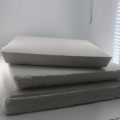
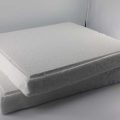
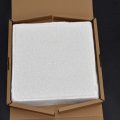
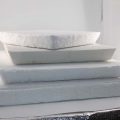

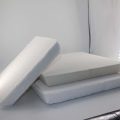
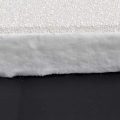
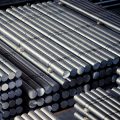
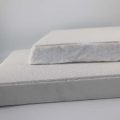
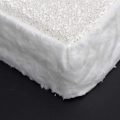
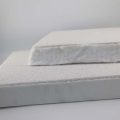
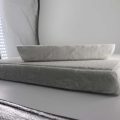
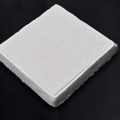
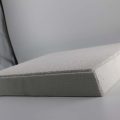
No Comments